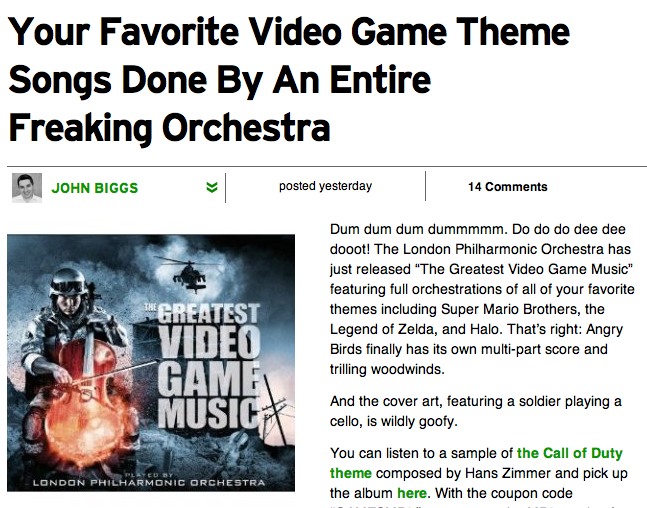In this guest post, Jesse Rosen, President and CEO of the League of American Orchestras and panelist at our October event, responds to a recent report from the National Committee for Responsive Philanthropy (NCRP) and reflects on the question of orchestras and community. The NCRP report examines foundation giving and the organization’s press release featured this stark headline: “Arts Philanthropy Not Doing Enough to Reach Poor and Minority Populations.” Read the full report.
Since participating in our panel on the question of orchestras and community, I have been giving some thought to a new report from the National Committee for Responsive Philanthropy that challenges the extent to which orchestras serve their communities and suggested that small organizations might be a better outlet for support.
Among the several blog posts I have seen and conversations I have had about the contents of the report, no one has questioned the need for greater philanthropic support of smaller, culturally specific arts groups and of art that promotes greater equity. In fact, art itself is a vital means of advancing justice and understanding in a democratic society. While there is no question that symphony orchestras are rooted in close associations with wealth and an elitist understanding of value and purpose, a lot has changed in recent years. It is important to set the record straight and recognize the enormous strides orchestras have made to become more far-reaching cultural citizens who support the arts education of our children and define audience to include all segments of communities. (more…)




